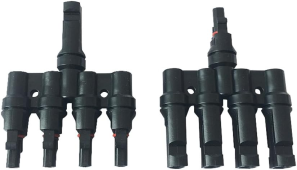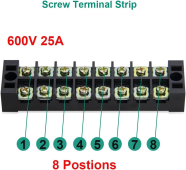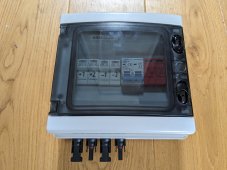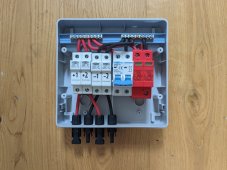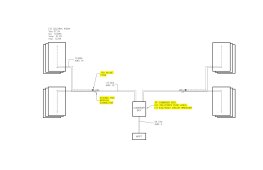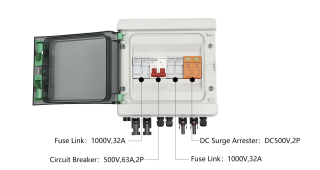Old_Skewler
Solar Enthusiast
Thank you!Strings comprised of panels facing different directions will be limited by the lowest current facing. 3S4P is a far better choice on your roof.
I am not sure why this was brought up though... Also, for a 3S4P system I would go with a Victron 150/85:The midnight 250 is limited to 53A output.

Understood, thanks.The implications are pretty minimal - mostly higher losses from lower voltage and over-current protection. Unless you're making a very long run to the MPPT, the difference in losses should be minimal.
I use a Midnite MNPV6 combiner box with midnight 150VDC breakers to join my 3S3P (eventually 3S6P) strings.
It just feels like every time you try to simplify something, you are forced to add another device... I guess it is the nature of the game.
And I thought a combiner box was required only above 3P.. did you add a combiner box because you knew you'd eventually expand to a 6P? Is this what happened? Would you still use a combiner box if you knew you'd stick with the 3S3P?



